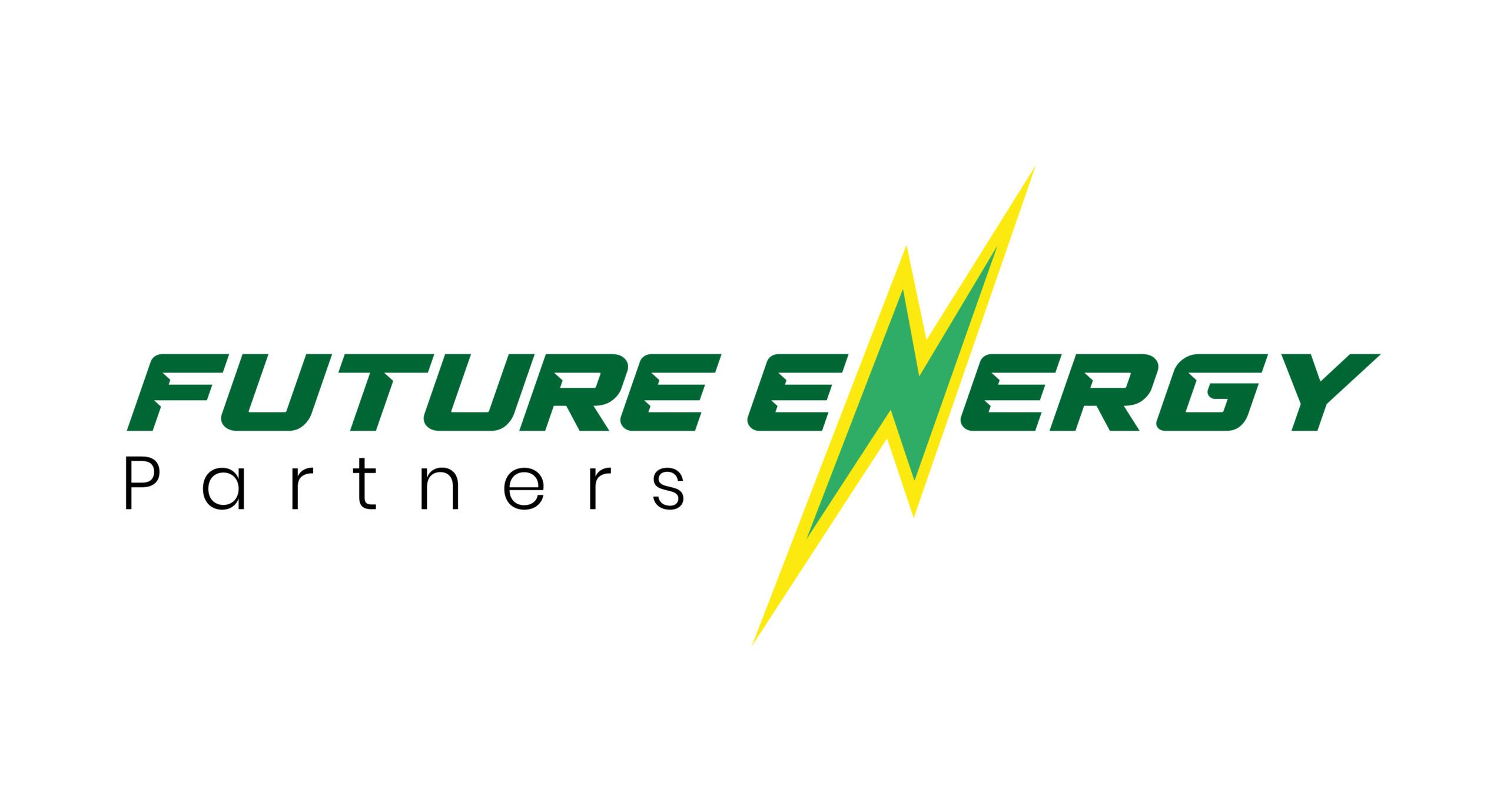Oil and gas suppliers – when asked for carbon data by your customers, how do you work out a plan to provide it?
- 28 June 2022
- Posted by: Future Energy
- Category: Energy

If you would like to discuss Future Energy Partners making a map for you about how to manage your emissions, please let us know.
Oil and gas buyers are increasingly being asked for carbon data from their lenders / investors and for their own environmental reporting, and part of that is emissions made by their suppliers. So, suppliers are increasingly asked to provide data about the CO2e involved in creating their products.
Where do you start? Well perhaps not by counting them. Counting all the emissions involved in providing your product, including gathering data from your own suppliers, may be a lifetime’s work for a team of people. You need to strategize – work out what you can count, where the biggest emissions might be, what data you may be able to provide, what technological methods may help, and try to count the bulk of your emissions, but not aim for all of them.
You also have the option of counting nothing – estimating your emissions with various data sources you might find, including internet search. Many companies do this – they even have a name, ‘proxy emission’. Some auditors even accept them.
But this will lead to problems eventually – you will be expected to provide more granularity over your emissions data over time, and you don’t want to be in the position of having to explain why your ‘proxy’ data is 50 per cent too low. Also, it doesn’t give you any incentive to improve your own carbon efficiency – that would not directly change the proxy data.
But also, if you aim to count the bulk of your data, you may later find there are big emissions sources you have not included. Such as emissions from manufacture of steel or cement you use, emissions because your power supply is not as low carbon as you thought, or your expected ‘green’ power was not available. But this would put you on a better pathway.
We can imagine a future where carbon emissions data is baked into every single product, and then ‘rolled up’ down the line. So, any supplier provides the carbon data for their product as a matter of course. It sounds complicated, although it is no more complicated than what we currently do financially – every supplier makes purchases, adds its own input, and comes up with a price at the end which is high enough to make a margin.
Gathering emissions data could be seen as similar to gathering the Material Data Sheets for any chemical used in operation from its supplier.
To provide some numbers – we heard at the PIDX conference in London last week that Schlumberger has a plan to reduce its ‘scope 3 emissions’ – from products it buys or use of its sold products – by 30 per cent by 2030 and achieve ‘net zero’ by 2050. It calculates total emissions of 54.2 million tonnes CO2 a year (mtpa), of which 2 mtpa are directly from its own operations, 38.4m are from use of its products downstream, and 13.8 mtpa from its own suppliers (so that means you, if you supply Schlumberger).
In 2021, it aimed to have data from 500 of its suppliers, amounting to 35 per cent of its 2020 spend; by 2022 it aims to cover 1000 suppliers, taking over 50 per cent of its 2021 spend; and its ultimate goal is 70 per cent CO2 ‘coverage’ – an admission that much carbon data will never be available.
By 2030, Schlumberger plans to have 50 per cent of its spend routed with “ESG leaders”. Being an ESG leader implies that your carbon performance is good, not just your carbon reporting. But this puts commercial teeth behind Schlumberger’s decarbonisation ambitions.
These percentages could be appropriate for a supplier of any size, aiming to get data for your own suppliers or emissions covering 50 per cent of your spend or emissions right now, and then gradually improve.
Buyers would plan audit / assessment of the data which suppliers are providing – how much it covers; how granular it is. So, you want to be prepared for that – and have data in a format which is easy to share – so you can show your workings out.
This leads to the point that success in decarbonisation, as a supplier, comes down to your emission ‘map making’ – which emissions you will count (both your own and your own suppliers), what technologies you use, what you do about the rest of your emissions, how you communicate this, and how you improve.
Future Energy Partners has expertise in making maps about emissions, as well as in emissions technology, high level business strategy and communications with clients. If you would like to discuss us making a map for you about how to manage your emissions, please let us know.
We are grateful to Future Energy Partner for helping us though the ISO certification process. The implementation of ISO standards is what differentiates as a company from our competitors and demonstrates our commitment to Occupational Health and Safety Management.


Leave a Reply Cancel reply
You must be logged in to post a comment.
